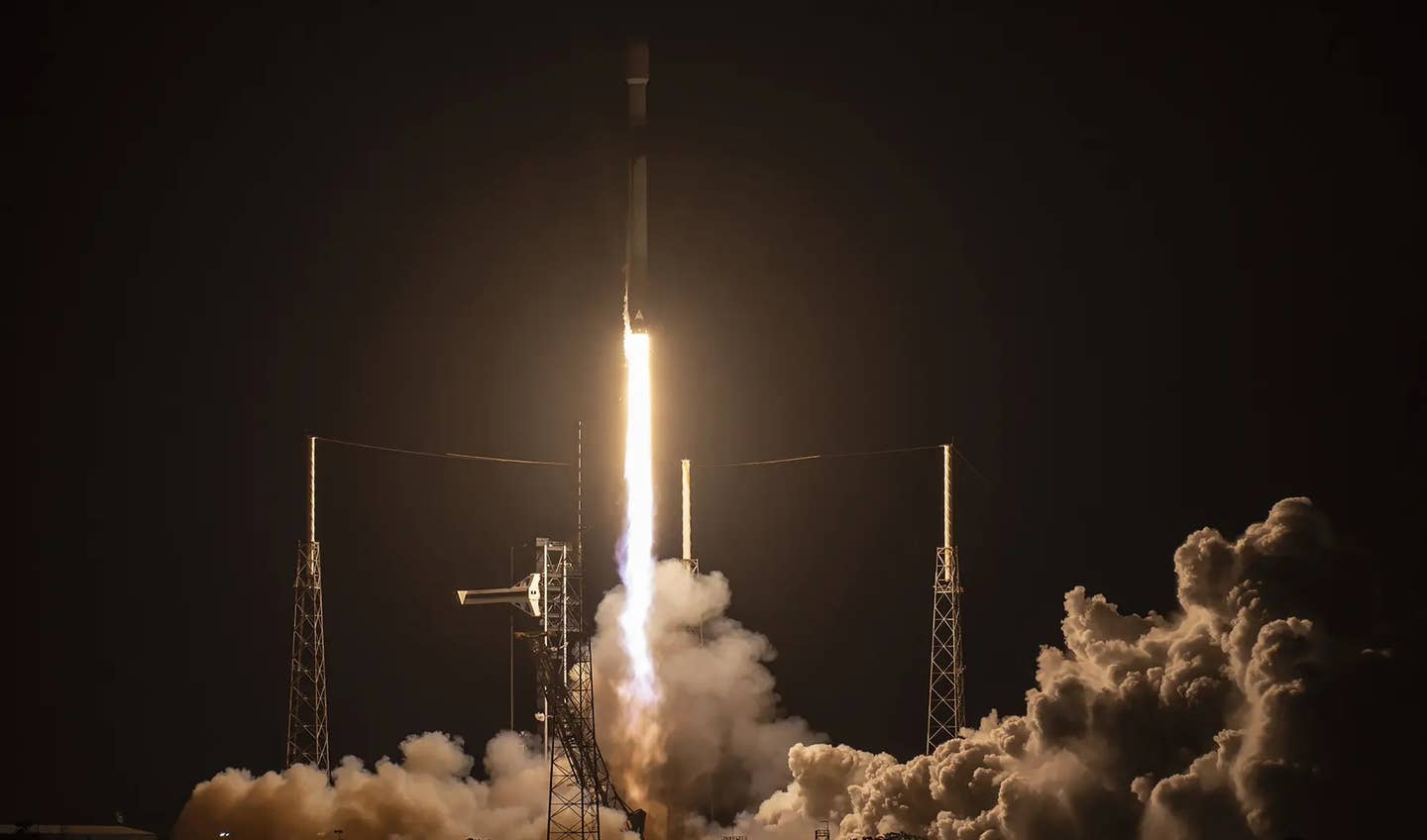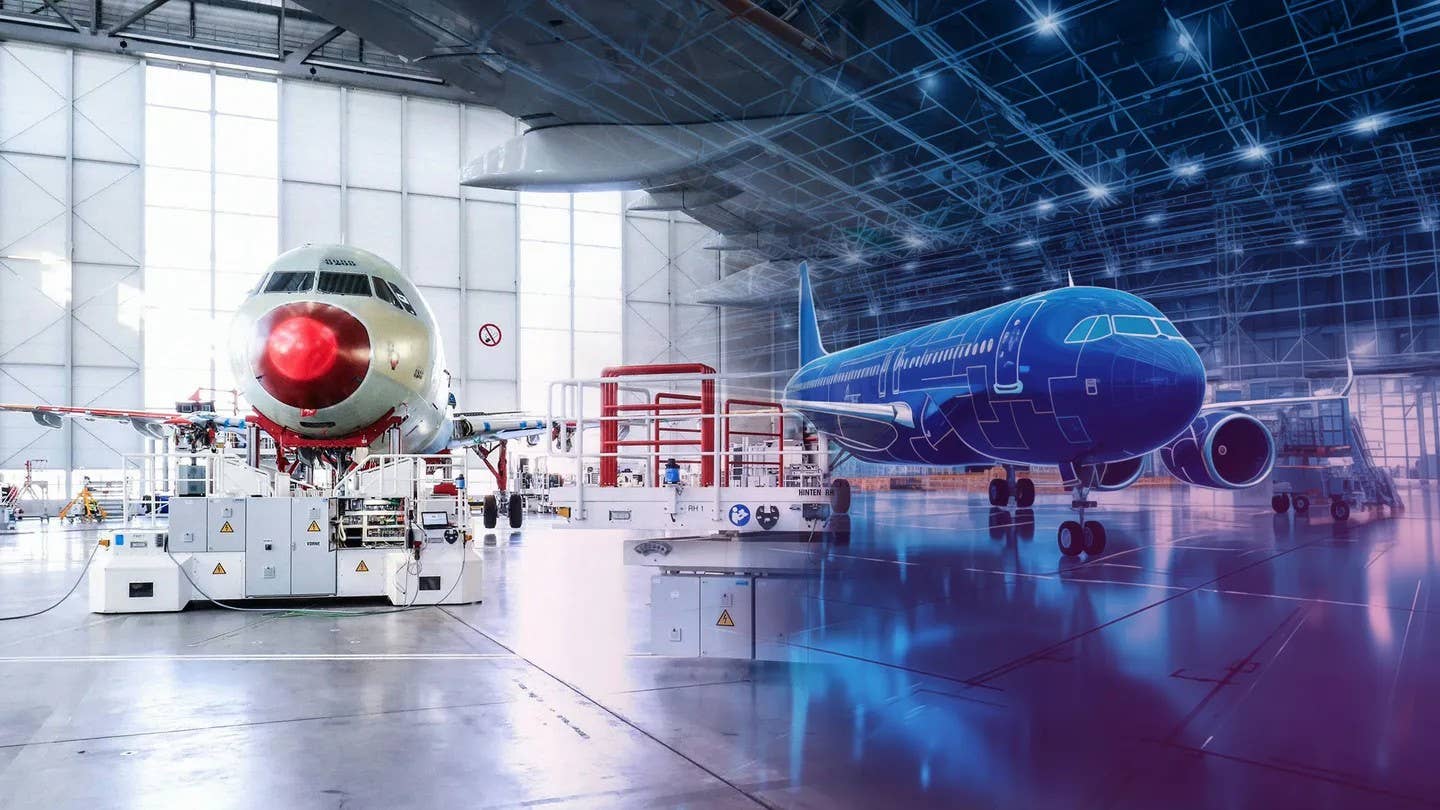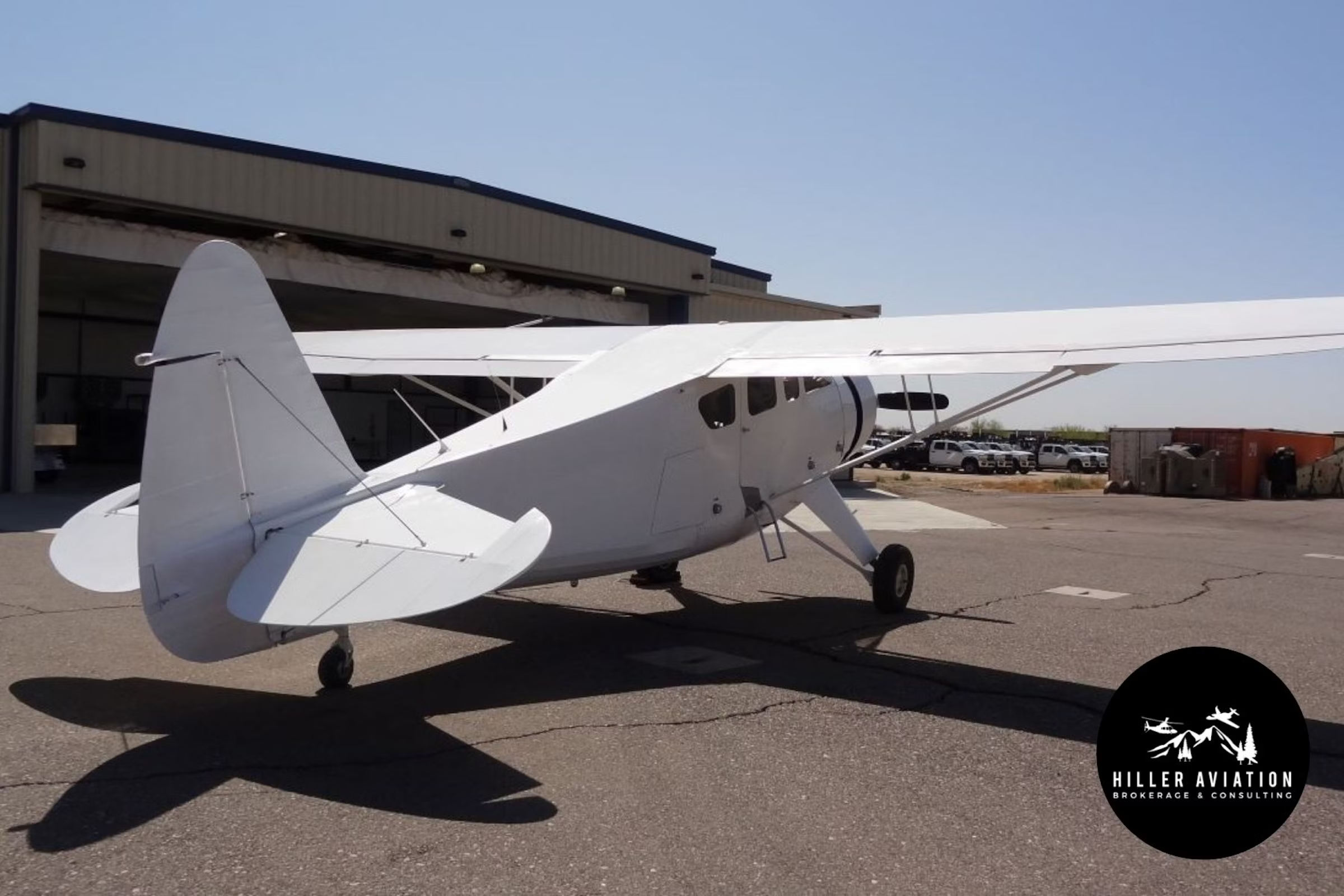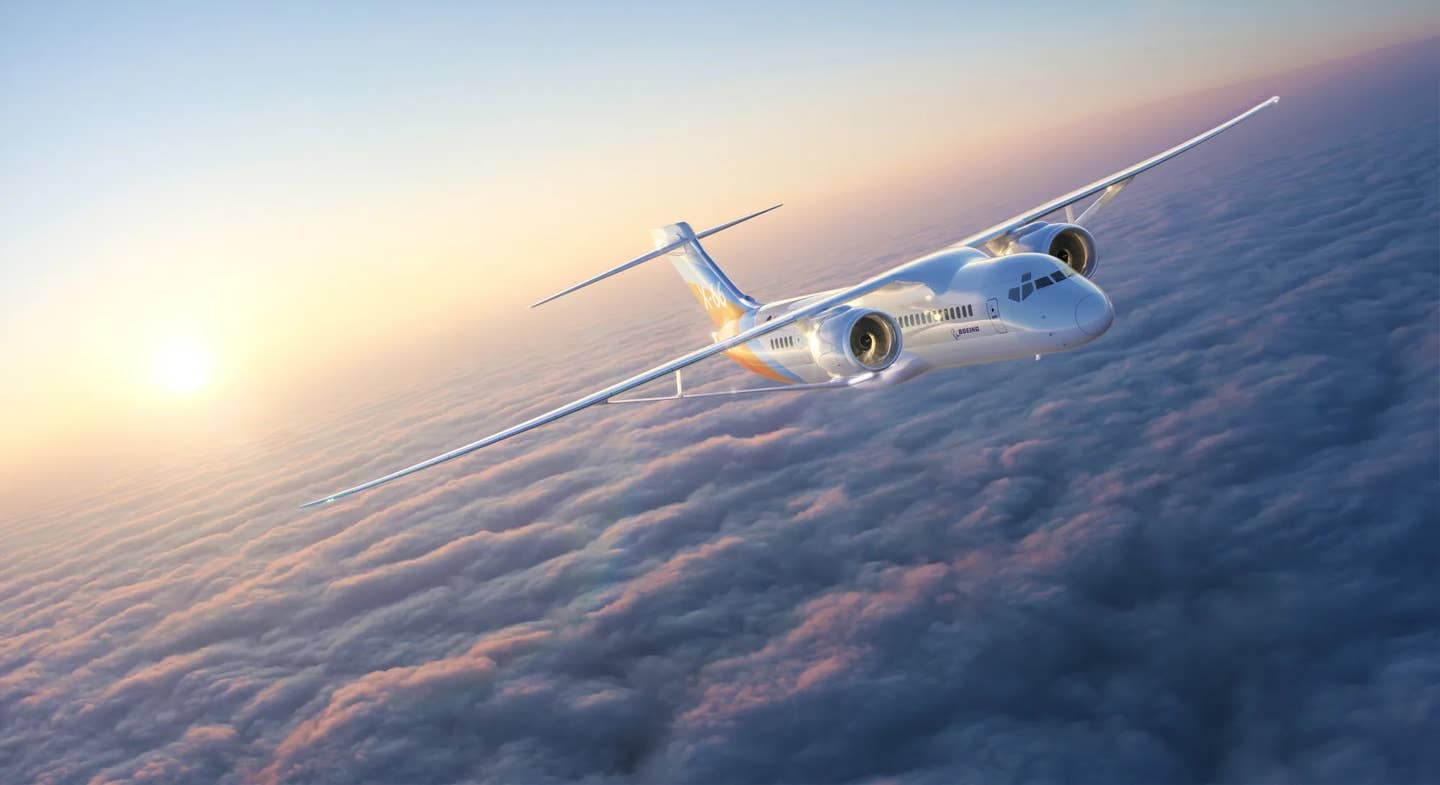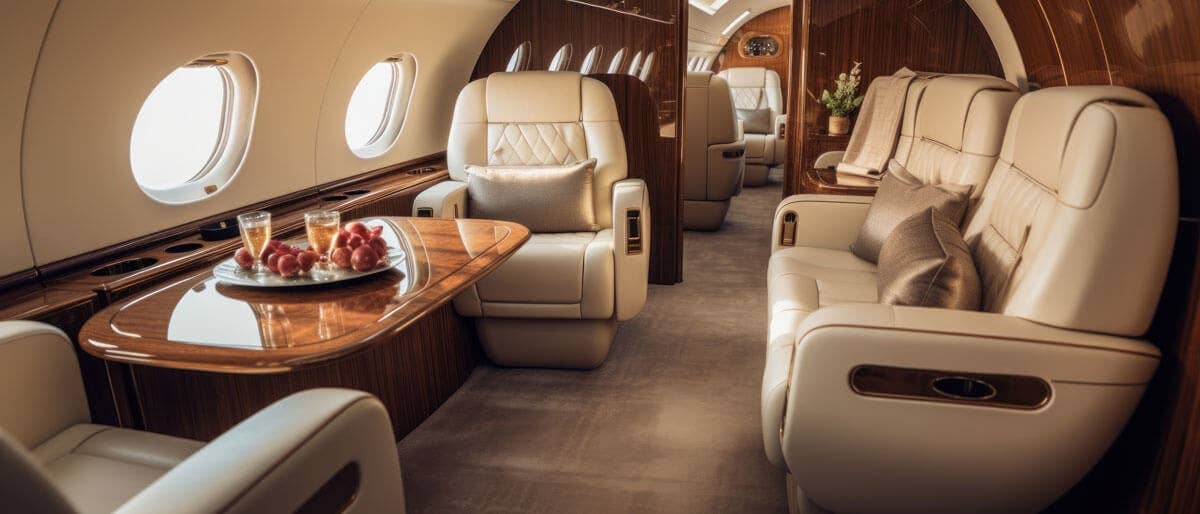‘Imagineering’ by Daher Launches Within Increased Sustainability R&D Spend
Aerospace manufacturer and logistics company has quadrupled its investment in innovating toward a sustainable aviation future.
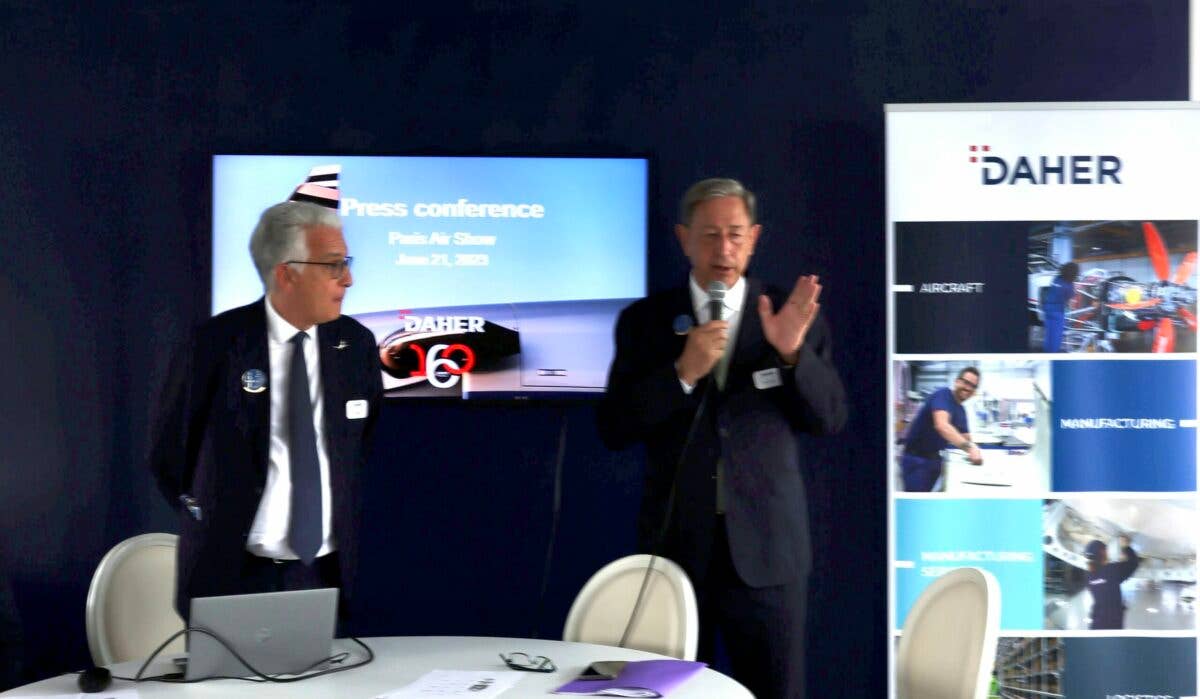
Daher CEO Didier Kayat (left) and chairman Patrick Daher (right) briefed at the Paris Air Show on Daher’s key sustainability initiatives. [Credit: Stephen Yeates]
On the heels of a successful year—in which it gained type certification on two new turboprops, the TBM 960 and Kodiak 900—Daher focuses now on accelerating its investment in a sustainable future with a substantial increase in R&D expenditures and the launch of the programs underpinning that spend.
At the Paris Air Show, company chairman Patrick Daher addressed the need for such investment—to give the mission the support it requires to achieve the lofty and critical goals of decarbonization.
“People are very excited, very much on top of the situation—while we’ve been through the Paris Air Show and we have seen that all of us—all of us meaning all exhibitors, whether French, American, or any other countries, we have invested a lot of money in decarbonization,” Daher said.
Daher noted that collectively the industry is on the eve of “the fourth evolution” of aviation. The first one was just being able to fly, “something that was thought impossible at the beginning of the 19th century,” followed by the ability to fly safely. The third evolution brought flying to everyone, in “democratization.” “Now the fourth evolution is we have to change the aviation system in order to come to decarbonization. If we do not do that, then that will be the end of aviation in the future.”
Strategic Investment
Daher celebrates its 160th anniversary this year, and it kicked off that commemoration with the “Take off 2027” plan announced at the beginning of 2023. A significant part of the plan centers around the company’s decarbonization efforts across its four verticals—aircraft development, aerospace manufacturing, manufacturing services, and logistics. The programmed investment represents four times the spend of the previous strategic plan.
The company has created three innovation centers within its structure to help it contribute to the goals of net-zero carbon emissions by 2050 as outlined in the Paris Agreement on climate change. An initial “significant step” will take place by 2035, utilizing these centers along with efforts by its partners, suppliers, and customers. “Competitive solutions” for the marketplace will launch in three to 10 years in areas such as hybridization, new-generation materials, production processes (robotization and cobotization—human/robot collaboration), and digital transformation.
Solutions for the 90 Percent
Daher CEO Didier Kayat revealed in the press conference at Paris that 90 percent of the group’s carbon footprint comes from utilization of its products by its customers.
“Ninety percent of the carbon impact of Daher is due to the products of our clients,” said Kayat. “So if we don’t help our clients decarbonize, we will not achieve our decarbonization plans.”
In order to reduce those impacts, Daher is pursuing the use of lighter structures and new production processes to both increase output and reduce emissions. Also it will pursue more ecologically responsible logistics, using cleaner modes of transportation, for example, and implementing use of biofuels, such as sustainable aviation fuel, which it has already started at its aircraft division headquarters in Tarbes, France.
Daher will also work on its own footprint through initiatives such as the launch of its first hybrid-electric aircraft by 2027—based on lessons learned from the EcoPulse joint project with Safran and Airbus, and driven into its TBM and Kodiak series of aircraft.
“Though all my engineers say I’m crazy to say that publicly…we will launch a hybrid aircraft in 2027,” said Kayat. “We don’t know yet what aircraft it’s going to be,” but the company is learning a lot from the EcoPulse project so that “at the end of this year we can have the road map to see what our product is going to be.”
‘Imagineering by Daher’
To achieve the critical goals—and propel the group toward a successful future as a global aerospace manufacturing and logistics company—Daher has developed the three centers of “open innovation” within its structure under the umbrella of “Imagineering by Daher.” While it has long promoted the spirit of entrepreneurship within the company, the current movement doubles down on preserving the startup mentality of its teams. Five key imperatives to that “imagineering” are “#explore, #connect, #test, #scale, and #communicate.”
The three centers include:
- Log’in: a Toulouse-based innovation acceleration platform for tomorrow’s logistics industry
- Shap’in: a center of excellence in Nantes dedicated to new-generation composite aerostructures
- Fly’in: a forward-looking development center in Tarbes for tomorrow’s general aviation industry.
Three examples of decarbonization projects within Daher take place in logistics and in its aircraft products. First, Daher is implementing the use of a digital twin (JUMEL) to model and optimize logistics warehouses—a project led by the Log'in TechCenter to promote and facilitate innovative, eco-responsible industrial logistics.
A second example is in the digitizing of data collection from its TBM series turboprops and using analysis of the data to drive more responsible flying. To this end, Daher launched version 6 of its Me & My TBM app earlier this year.
Third is the use of thermal plastics in its aircraft and other aerospace products. “We are working a lot on the new composites that [are] called thermal plastics,” said Kayat. “It’s reusable, so it has a double virtue—it makes planes lighter [by up to] 20 percent.”
“Since Daher’s creation 160 years ago, the company always has supported key industrial developments with its customers,” said Kayat in his closing statement. “We continue to write this story by going further: It is as pioneers that we will be the first to offer a hybrid aircraft to the market.”

Sign-up for newsletters & special offers!
Get the latest FLYING stories & special offers delivered directly to your inbox

